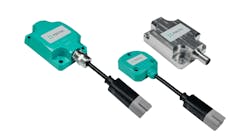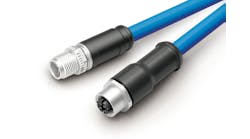While not everyone on our panel of experts is sold on what IIoT can do for connectors today, the possibility to virtually eliminate the cost of wiring makes it as enticing as any other upgrade. As the Industrial Internet of Things (IIoT) continues to gain mindshare and acceptance, the roles of the cables, connectors and wires that move the data become more important.
How do connector upgrades fit into an IIoT retrofit for existing equipment?
Craig Fox, connectivity product manager at Murrelektronik: IIoT is still very much in its infancy, and it’s difficult at this point to anticipate, much less define, the requirements to support it in terms of connectivity. One aspect we can count on is that the amount and speed of informing making its way to the factory floor is going to continue increasing and rapidly. The best practice for connectivity upgrades now is to future-proof the infrastructure by making sure it will be able to handle the increasing demand for bandwidth as IIoT components come online. Jacket materials such as thermoplastic elastomer (TPE) offer UL-listed cable styles for installation in NEC and NFPA 79 areas, while also meeting the extreme physical demands of an industrial installation with resistances to oil, sunlight, continuous flexing and robotic torsion.












